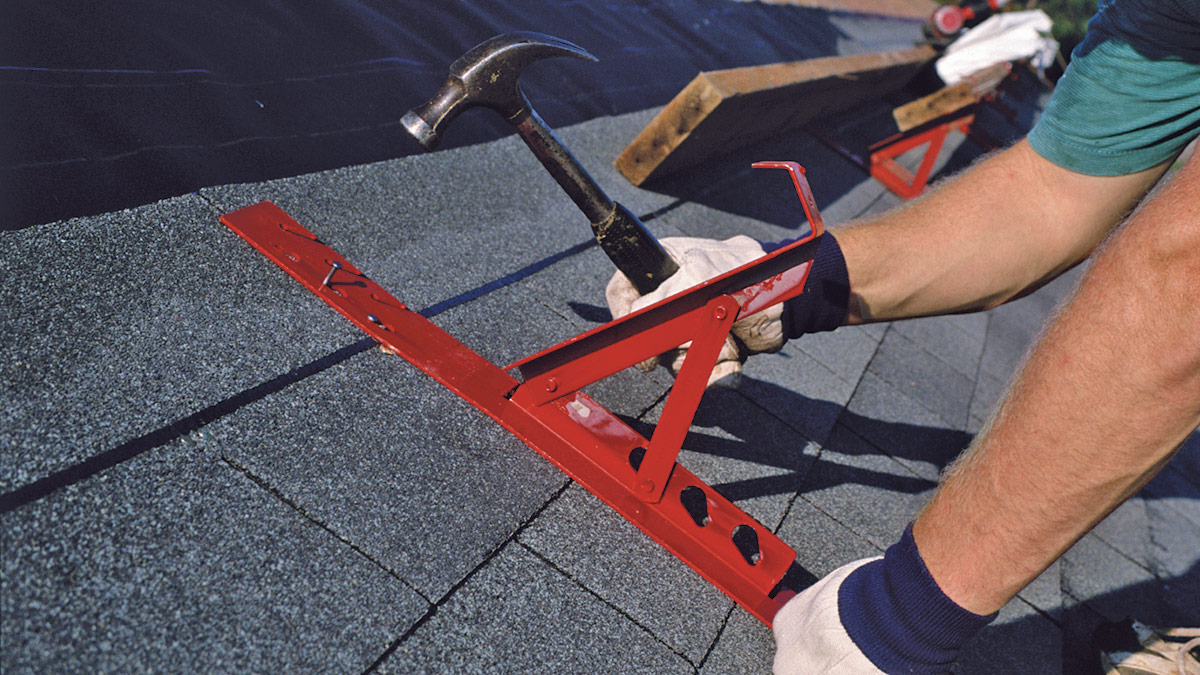

Articles
How To Use Roof Jacks
Modified: February 22, 2024
Learn how to use roof jacks with our informative articles. Find step-by-step guides and tips for a safe and efficient roofing project.
(Many of the links in this article redirect to a specific reviewed product. Your purchase of these products through affiliate links helps to generate commission for Storables.com, at no extra cost. Learn more)
Introduction
Welcome to our comprehensive guide on how to use roof jacks! If you’re planning to work on your roof for repairs, installations, or inspections, roof jacks can be invaluable tools to ensure your safety and stability. In this article, we’ll explore what roof jacks are, the benefits of using them, and provide a step-by-step guide on how to properly install and work with roof jacks.
Working on a roof can be hazardous, but with the right precautions and equipment, you can greatly reduce the risk of accidents and injuries. Roof jacks are specially designed to provide a stable working platform on sloped roofs, allowing you to move safely and securely while carrying out your roofing tasks. But before we delve into the details of using roof jacks, let’s first understand what they are and how they can benefit you.
Key Takeaways:
- Roof jacks provide enhanced safety, stability, and accessibility for working on steep-sloped roofs. By following proper installation and safety precautions, you can minimize the risk of accidents and injuries while achieving efficient roofing results.
- Choosing the right roof jacks, securing them properly, and working with caution are essential for a successful roofing project. Prioritizing safety, proper installation, and removal processes ensures a safe and productive working environment.
Read more: What Are Roof Jacks And How To Use Them
What Are Roof Jacks?
Roof jacks, also known as roof brackets or roofing brackets, are devices used in construction and roofing projects to provide a safe working platform on steep-sloped roofs. They are typically made of metal, such as steel or aluminum, and come in various sizes and configurations to accommodate different types of roofs and job requirements.
Roof jacks are designed to be attached to the roof’s surface, providing a stable anchor for workers to stand on and move around while performing tasks such as repairing, installing, or inspecting roofing materials. They consist of a base plate that rests on the roof surface, a vertical riser, and a top plate that serves as the platform for workers.
Roof jacks are adjustable, allowing you to set them at the desired height to match the slope of your roof. This adjustability ensures that the workers’ footing remains level, reducing the risk of slips, falls, and injuries. Some roof jacks also come with additional safety features, such as toe boards and guardrails, providing an added layer of protection for workers.
It’s important to note that roof jacks should only be used on steep-sloped roofs, typically with pitches greater than 4:12. For roofs with a flatter pitch, alternative safety measures such as scaffolding may be necessary.
Now that we have a better understanding of what roof jacks are, let’s explore the benefits of using them in roofing projects.
Benefits of Using Roof Jacks
Using roof jacks offers several advantages when working on steep-sloped roofs. Let’s take a look at some of the key benefits:
- Safety: The primary benefit of using roof jacks is enhanced safety. They provide a stable and secure working platform, reducing the risk of slips, falls, and accidents. With roof jacks, workers can confidently move around the roof, perform tasks, and carry tools without worrying about their footing.
- Stability: Roof jacks ensure stability by distributing the weight evenly across the roof surface. This prevents any concentrated pressure on specific areas, reducing the likelihood of damage to the roof structure. Whether you’re repairing shingles, installing solar panels, or cleaning gutters, roof jacks help maintain stability throughout the process.
- Accessibility: Roof jacks make it easier to access different areas of the roof. By providing a secure platform, they enable workers to reach heights and angles that would otherwise be challenging or unsafe to navigate. This accessibility allows for more efficient and thorough completion of roofing tasks.
- Uniformity: When working on a steep-sloped roof, maintaining a level surface is essential. Roof jacks ensure that the workers’ footing remains even, preventing any imbalance or tilting that could lead to accidents. This uniformity also improves the quality and accuracy of the work being carried out on the roof.
- Time and Cost Savings: By using roof jacks, roofing projects can be completed more efficiently. Workers can work more quickly and effectively when they have a stable and secure platform. This saves time and reduces labor costs. Additionally, the preventive measures offered by roof jacks can help avoid costly accidents and damage to the roof.
With these benefits in mind, it’s important to follow the proper safety precautions when working with roof jacks. Let’s explore some essential safety measures to ensure a safe working environment.
Safety Precautions
While roof jacks provide a safer working environment, it is crucial to follow proper safety precautions to minimize the risk of accidents or injuries. Here are some essential safety measures to consider when using roof jacks:
- Proper Training: Ensure that all workers have received proper training on how to use roof jacks safely. They should understand the equipment’s setup, installation, and removal procedures, as well as how to maintain a secure footing while working on the roof.
- Inspect the Roof: Before installing roof jacks, thoroughly inspect the roof for any signs of damage, weak spots, or structural issues. Ensure that the roof is in good condition and can support the weight of the workers and equipment.
- Secure Anchoring: Properly anchor the roof jacks to the roof surface to prevent them from shifting or dislodging during use. Use nails or screws designed for roof installations to secure the jacks firmly in place.
- Use Personal Protective Equipment (PPE): Always wear appropriate PPE, including sturdy footwear with good traction, a hard hat, safety glasses, and gloves. PPE helps protect against potential hazards, such as falling debris or slips.
- Secure Ladders: If using ladders to access the roof, ensure they are securely positioned and have proper stability. Use ladder stabilizers or tie them off to a secure structure to prevent them from slipping or tipping over.
- Weather Conditions: Avoid working on the roof during inclement weather conditions, such as rain, strong winds, or snow. Wet or icy surfaces can make the roof slippery and increase the risk of accidents.
- Keep the Work Area Clear: Ensure the work area is free from clutter, tools, and debris. Clear any trip hazards to maintain a safe and organized workspace.
- Regular Inspections: Regularly inspect the roof jacks for any signs of damage or wear. Replace any damaged or compromised jacks immediately to ensure their effectiveness and safety.
- Work with a Buddy: It’s always advisable to have a colleague or buddy when working on the roof. They can provide assistance, spot potential hazards, and offer help in case of an emergency.
By following these safety precautions, you can create a secure working environment while using roof jacks. Now, let’s move on to the tools and materials you will need for the installation process.
Tools and Materials Needed
Before you begin installing roof jacks, gather the necessary tools and materials to ensure a smooth and efficient process. Here is a list of the basic items you will need:
- Roof Jacks: Purchase or rent roof jacks suitable for your specific roofing project. The number of roof jacks needed will depend on the size and slope of your roof. Ensure they are made of sturdy materials and in good working condition.
- Ladder: A sturdy, well-maintained ladder is essential for accessing the roof and installing the roof jacks. Make sure the ladder is the appropriate height for your roof and has the weight capacity to support both your weight and any tools or materials you may need to carry.
- Hammer or Screwdriver: You’ll need a hammer or a screwdriver to secure the roof jacks to the roof surface. Choose the appropriate tool based on the fasteners provided with the roof jacks.
- Nails or Screws: Depending on the type of roof jacks you are using, you may need to provide your own nails or screws for fastening. Ensure they are the correct size and suitable for outdoor use to ensure a secure installation.
- Measuring Tape: A measuring tape is essential for accurately determining the spacing and positioning of the roof jacks. This will help ensure an even and secure installation.
- Safety Gear: As mentioned before, personal protective equipment (PPE) is crucial. Make sure to have a hard hat, safety glasses, gloves, and sturdy footwear with good traction to protect yourself during the installation process.
- Tool Belt or Pouch: A tool belt or pouch will keep your necessary tools and materials easily accessible while working on the roof. This will help to prevent accidents caused by reaching for tools or materials from unstable positions.
- Ladder Stabilizer: Although not mandatory, a ladder stabilizer can provide additional stability and security while working on the roof. It helps prevent the ladder from shifting or slipping during use.
- Additional Materials: Depending on your specific roof or project requirements, you may need additional materials such as underlayment, roofing nails, flashing, or sealant. Make sure to gather all necessary materials before you begin the installation process.
Having these tools and materials ready before you start will help ensure a smooth and efficient installation of roof jacks. In the next section, we will guide you through the step-by-step process of installing roof jacks on your roof.
Read more: How To Use Floor Jack
Step 1: Assessing the Roof
Before you begin the installation of roof jacks, it’s essential to assess the condition and slope of your roof. By carefully evaluating the roof, you can determine the number of roof jacks needed and plan their placement accordingly. Follow these steps to assess your roof:
- Inspect for Damage: Start by visually inspecting the roof for any signs of damage, such as missing shingles, cracks, or leaks. Address any necessary repairs before proceeding with the installation of roof jacks.
- Measure the Slope: Determine the slope of your roof by measuring the rise and run. The rise refers to the vertical distance from the base to the peak, while the run represents the horizontal distance from the base to the highest point. Use a measuring tape or an inclinometer to get accurate measurements.
- Calculate the Pitch: Calculate the pitch of your roof by dividing the rise by the run. The pitch is typically expressed as a ratio (e.g., 4:12, 6:12) or as a percentage. This information will help you choose roof jacks that are suitable for the specific slope of your roof.
- Identify Obstacles: Take note of any obstacles on the roof, such as vents, chimneys, or skylights. These obstacles may require additional considerations when determining the placement of the roof jacks.
- Plan the Placement: Based on your roof’s slope, pitch, and obstacles, plan the placement of the roof jacks. Determine how many jacks you will need and where they should be positioned to provide an even and secure working platform.
- Consider Weight Capacity: Check the weight capacity of the roof jacks you intend to use. Ensure they can support the weight of the workers, tools, and materials that will be on the roof. If necessary, distribute the roof jacks evenly to maintain stability and prevent exceeding weight limits.
- Double-Check Safety Precautions: Before proceeding, review the safety precautions mentioned earlier in the article. Ensure that you have all the necessary personal protective equipment (PPE) and take proper precautions to maintain a safe working environment.
By thoroughly assessing your roof and planning the placement of the roof jacks, you can proceed to the next step with a clear understanding of the requirements for a safe and successful installation process. In the following section, we will guide you through choosing the right roof jacks for your project.
When using roof jacks, make sure to secure them properly to the roof with nails or screws to ensure stability and safety while working at heights.
Step 2: Choosing the Right Roof Jacks
Choosing the right roof jacks is crucial to ensure a secure and stable working platform on your roof. Consider the following factors when selecting roof jacks for your project:
- Slope Compatibility: Roof jacks come in different designs to accommodate various roof slopes. Make sure to choose roof jacks that are compatible with the pitch and slope of your roof. They should provide a secure and level platform for workers.
- Weight Capacity: Check the weight capacity of the roof jacks to ensure they can support the combined weight of workers, tools, and materials. It’s essential to choose roof jacks that have a sufficient weight capacity to maintain stability during the roofing project.
- Material: Consider the material of the roof jacks. Typically, roof jacks are made of steel or aluminum, both of which are durable and designed to withstand outdoor conditions. Select jacks made from high-quality materials that are rust-resistant and long-lasting.
- Safety Features: Look for roof jacks that include additional safety features, such as toe boards or guardrails. These features provide added protection for workers by preventing accidental slips or falls off the roof.
- Adjustability: Choose roof jacks that offer adjustability to ensure a level working surface on sloped roofs. The ability to adjust the height of the roof jacks allows for proper alignment with the roof and helps maintain stability.
- Compatibility with Accessories: If you plan to use accessories like guardrails or toe boards, ensure that the roof jacks you choose are compatible with these add-ons. This will allow for a seamless integration of safety features into your roofing project.
- Budget and Quality: Consider your budget when selecting roof jacks, but also prioritize quality and durability. Investing in high-quality roof jacks will provide long-term value and safety during your roofing projects.
- Manufacturer’s Recommendations: Refer to the manufacturer’s guidelines and recommendations for the specific roof jacks you are considering. Pay attention to any specific instructions or requirements regarding installation, usage, and maintenance.
By considering these factors, you can choose the right roof jacks that meet the requirements of your roofing project and provide a secure and stable working platform. In the next step, we will guide you through the process of installing roof jacks on your roof.
Step 3: Installing Roof Jacks
Now that you have assessed your roof and chosen the appropriate roof jacks, it’s time to begin the installation process. Follow these steps to properly install roof jacks:
- Position the Ladder: Place your ladder securely against the edge of the roof, ensuring it is stable and properly extended. Climb the ladder to access the roof.
- Secure the First Roof Jack: Start by securing the first roof jack at the edge of the roof. Position the base plate of the jack on the roof surface, aligning it with the desired location. Use nails or screws to attach the base plate firmly to the roof.
- Install Subsequent Roof Jacks: Move along the edge of the roof and install the remaining roof jacks at regular intervals, following your planned placement. Take accurate measurements to ensure the jacks are evenly spaced for maximum stability.
- Adjust the Height: If necessary, adjust the height of each roof jack to accommodate the slope of your roof. Use the adjustable mechanism provided with the jacks to achieve a level platform for working.
- Align the Top Plate: Once the height is adjusted, align the top plate of each roof jack in a parallel line. This will provide a sturdy and even surface for workers to stand on.
- Secure the Top Plate: Fasten the top plate of each roof jack securely by using nails or screws. Ensure the top plate is firmly attached to the riser of the roof jack for maximum stability.
- Double-Check Stability: After installing all the roof jacks, double-check their stability. Test each jack by applying gentle pressure to ensure they are tightly secured and can support the weight of workers and equipment.
- Inspect for Proper Installation: Take a moment to inspect the installed roof jacks. Ensure that all fasteners are tight, there are no loose or damaged components, and the jacks are properly aligned and level.
By following these steps, you can successfully install roof jacks on your roof, providing a safe and stable working platform. In the next step, we will guide you through securing the roof jacks for added stability during your roofing project.
Step 4: Securing the Jacks
Once the roof jacks are installed on your roof, it’s crucial to secure them properly to ensure maximum stability and safety during your roofing project. Follow these steps to securely fasten the roof jacks:
- Check Fasteners: Inspect the fasteners used to attach the base plates of the roof jacks to the roof. Ensure that they are securely fastened and tightened to prevent any movement or loosening.
- Use Additional Fasteners if Necessary: If desired or recommended by the manufacturer, consider adding additional fasteners to provide extra reinforcement and prevent any potential movement of the roof jacks during use.
- Verify Top Plate Fastening: Check the screws or nails used to secure the top plates of the roof jacks. Make sure they are tightened properly to maintain a stable and level working platform.
- Add Toe Boards: Install toe boards along the edges of the roof where the roof jacks are placed. Toe boards help prevent tools, materials, or workers from accidentally sliding off the roof, adding an extra level of safety.
- Attach Guardrails: If your roof jacks are equipped to accommodate guardrails, install them for added safety. Guardrails provide a physical barrier along the edges of the roof to prevent falls and ensure a secure working environment.
- Ensure Stability: Double-check the stability of the roof jacks after securing them. Apply gentle pressure to each jack to verify that they remain firmly in place and can support the intended weight and movement during the roofing project.
- Regularly Inspect: Throughout the duration of the roofing project, regularly inspect the roof jacks and their fastenings. Look for any signs of loosening or damage and promptly address any issues to maintain a safe working environment.
- Follow Manufacturer’s Guidelines: Always refer to the specific instructions and recommendations provided by the manufacturer for securing the roof jacks. They may offer specific guidance or requirements based on the design and specifications of the roof jacks.
By following these steps and ensuring that the roof jacks are properly secured, you can provide a stable and safe working platform for your roofing project. In the next step, we will guide you through working on the roof while utilizing the roof jacks.
Read more: How To Use Jack Lalanne Power Juicer
Step 5: Working on the Roof
Now that the roof jacks are installed and secured, it’s time to start working on the roof. Follow these steps to ensure a safe and effective working process:
- Prepare the Work Area: Clear the roof of any debris, tripping hazards, or obstacles. Ensure that the work area is clean, organized, and free from any potential dangers.
- Wear Proper Safety Gear: Put on your personal protective equipment (PPE) before stepping onto the roof. This includes a hard hat, safety glasses, gloves, and sturdy footwear with good traction.
- Maintain Three Points of Contact: Whenever possible, maintain three points of contact with the roof surface (such as two feet and one hand, or two hands and one foot) to maintain stability and prevent slips or falls.
- Move with Caution: As you work on the roof, be mindful of your movements and take your time. Avoid sudden or jerky motions that could compromise your balance or stability.
- Use Proper Tools and Techniques: Use the appropriate tools for the task at hand and follow proper techniques. This includes using the correct size and type of tool, maintaining a firm grip, and using steady and controlled movements.
- Minimize Distractions: Avoid distractions while working on the roof, such as using mobile devices or engaging in conversations that may divert your attention. Stay focused on the task at hand to maintain your safety.
- Watch Your Surroundings: Be aware of your surroundings, including other workers on the roof, potential hazards, or any changes in weather conditions. Communicate with your colleagues and regularly check your work environment.
- Take Breaks: Roofing work can be physically demanding, so remember to take regular breaks to rest and hydrate. It’s important to maintain your energy levels and avoid fatigue, which can impair your concentration and increase the risk of accidents.
- Follow Proper Roofing Procedures: Adhere to industry best practices for the specific roofing tasks you are performing. Whether it’s installing shingles, repairing flashing, or completing other roofing processes, follow the recommended techniques for a safe and efficient result.
By following these steps and practicing caution and awareness while working on the roof, you can greatly minimize the risk of accidents or injuries. Remember to prioritize safety at all times.
Step 6: Removing the Roof Jacks
After completing your roofing project, it’s time to remove the roof jacks. Proper removal ensures a clean and safe environment while minimizing any potential damage to the roof. Follow these steps to remove the roof jacks:
- Prepare the Work Area: Clear the roof surface of any tools, debris, or materials that may obstruct your path or cause tripping hazards. Ensure the work area is clean and organized.
- Inspect the Roof Jacks: Before removing the jacks, inspect each one to ensure they are still firmly secured and in good condition. Replace or repair any damaged or compromised jacks before proceeding with removal.
- Start at the Farthest Point: Begin by removing the roof jacks furthest away from your ladder or access point. This allows for a systematic and efficient removal process without the risk of traversing over the roof multiple times.
- Detach the Top Plate: Using a screwdriver or hammer, carefully remove the fasteners attaching the top plate of each roof jack. Set the top plate aside in a designated area.
- Remove the Base Plate: Once the top plate is detached, remove the fasteners securing the base plate of the roof jack. Carefully lift the base plate off the roof surface, making sure not to damage the roof material.
- Repeat for Each Roof Jack: Proceed to remove the remaining roof jacks using the same method. Take care to maintain stability and balance as you work your way towards the ladder or access point.
- Inspect the Roof Surface: After all the roof jacks are removed, inspect the roof surface for any damage or marks left behind. If necessary, repair the roof to ensure it is in good condition after the removal process.
- Store the Roof Jacks: Clean and store the roof jacks properly for future use. Ensure they are stored in a dry and secure location to prevent damage and maintain their longevity.
- Secure the Ladder: Once the roof jacks are removed, secure the ladder to ensure it is stable and in a safe position for descent. Double-check that the ladder is securely positioned against the roof edge.
- Descend the Ladder: Carefully descend the ladder, maintaining three points of contact for stability. Take your time and be cautious as you make your way back down to the ground.
By following these steps, you can safely and effectively remove the roof jacks from your roofing project. Remember to store the jacks properly and maintain a clean and tidy work area. Congratulations on completing your roofing project!
Conclusion
Congratulations! You have successfully learned how to use roof jacks to create a safe and stable working platform for your roofing projects. By following the steps outlined in this guide, you can ensure the safety of yourself and your team members while working on steep-sloped roofs.
Roof jacks provide numerous benefits, including enhanced safety, stability, accessibility, and time-saving efficiency. By utilizing these devices, you significantly reduce the risk of accidents and injuries, allowing you to work with greater confidence and productivity.
Remember to always prioritize safety when working on roofs. Follow the recommended safety precautions, wear appropriate personal protective equipment (PPE), and regularly inspect and maintain your roof jacks to ensure their effectiveness. Be aware of your surroundings, minimize distractions, and take regular breaks to avoid fatigue.
Properly assess your roof, choose the right roof jacks for your specific project, and securely install them according to manufacturer guidelines. Always work with caution, using the correct tools and techniques for the job at hand.
When you have completed your roofing project, ensure a thorough removal process for the roof jacks. Check the roof surface for any damage and store the jacks properly for future use.
By following these guidelines, you can not only protect yourself and your team members but also achieve high-quality roofing results. Remember that safety should always be the top priority during any roofing project.
Now that you are equipped with the knowledge of using roof jacks, go ahead and confidently tackle your roofing projects with the assurance of a safe and stable working environment. Happy roofing!
Frequently Asked Questions about How To Use Roof Jacks
Was this page helpful?
At Storables.com, we guarantee accurate and reliable information. Our content, validated by Expert Board Contributors, is crafted following stringent Editorial Policies. We're committed to providing you with well-researched, expert-backed insights for all your informational needs.
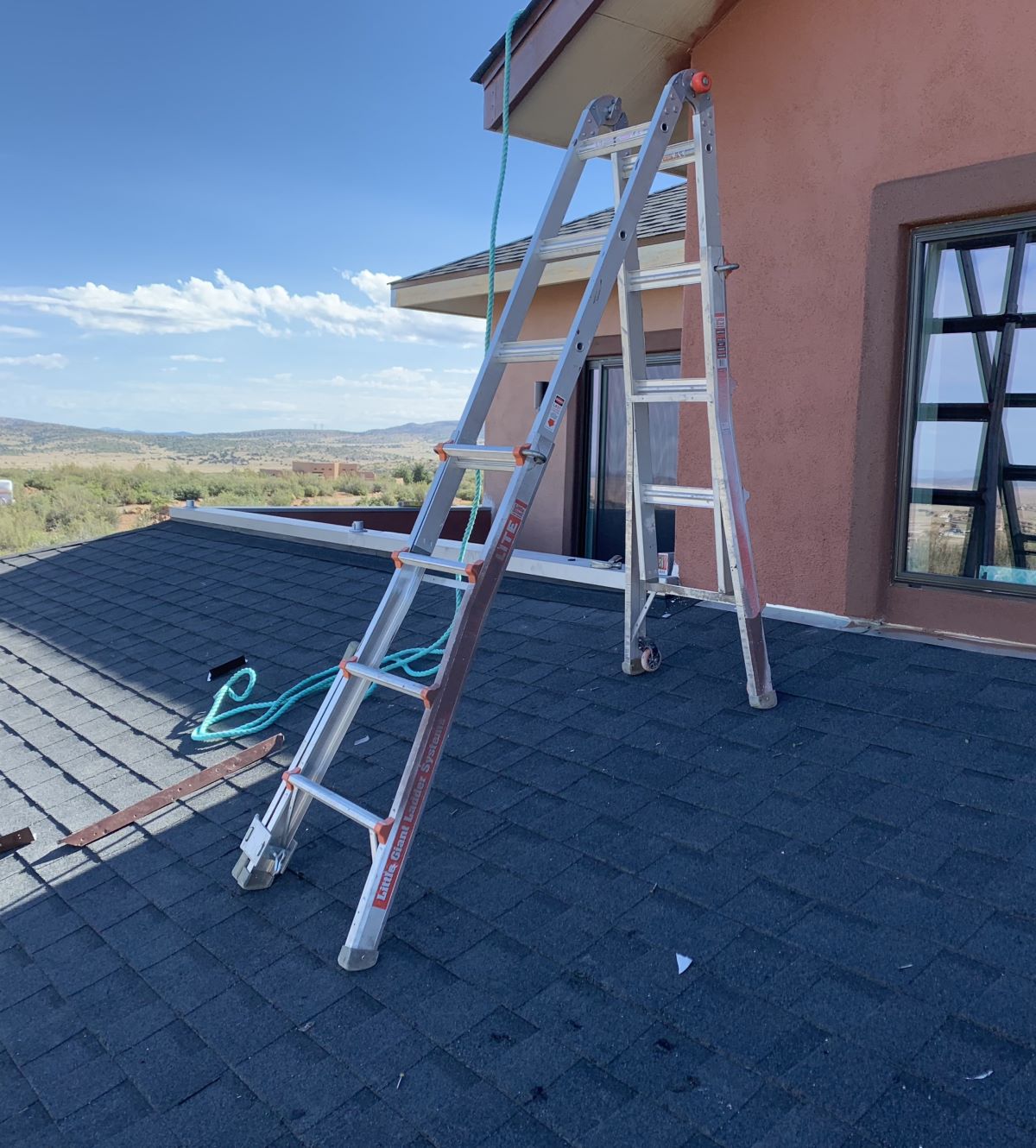

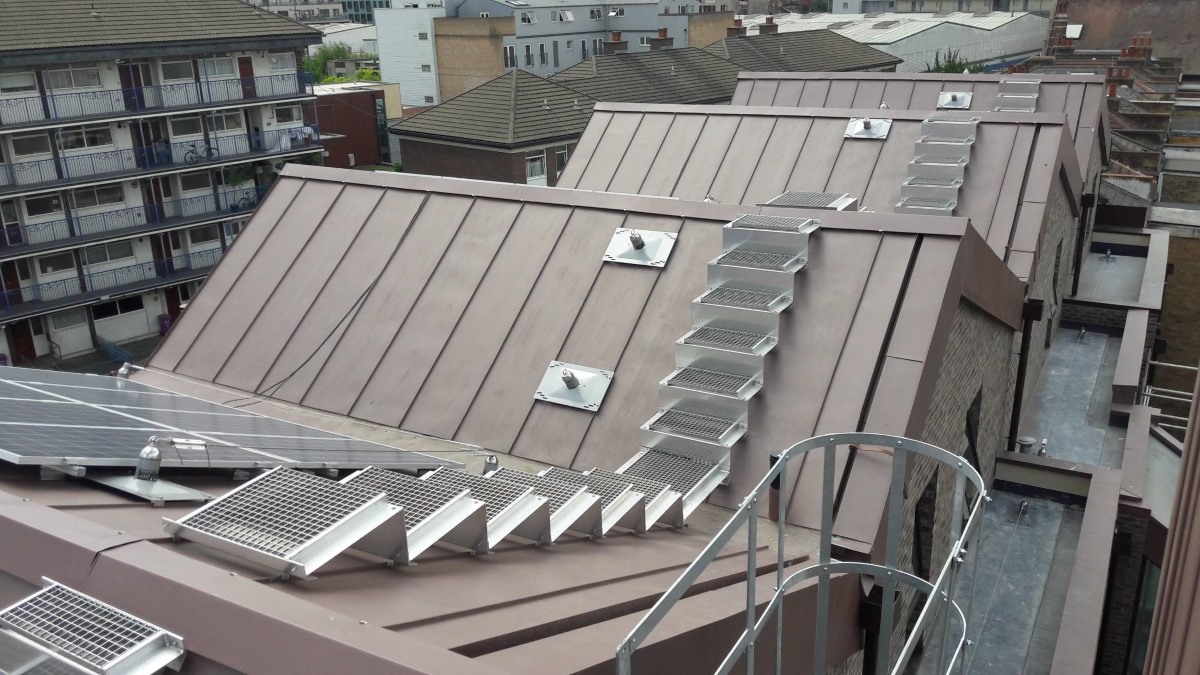
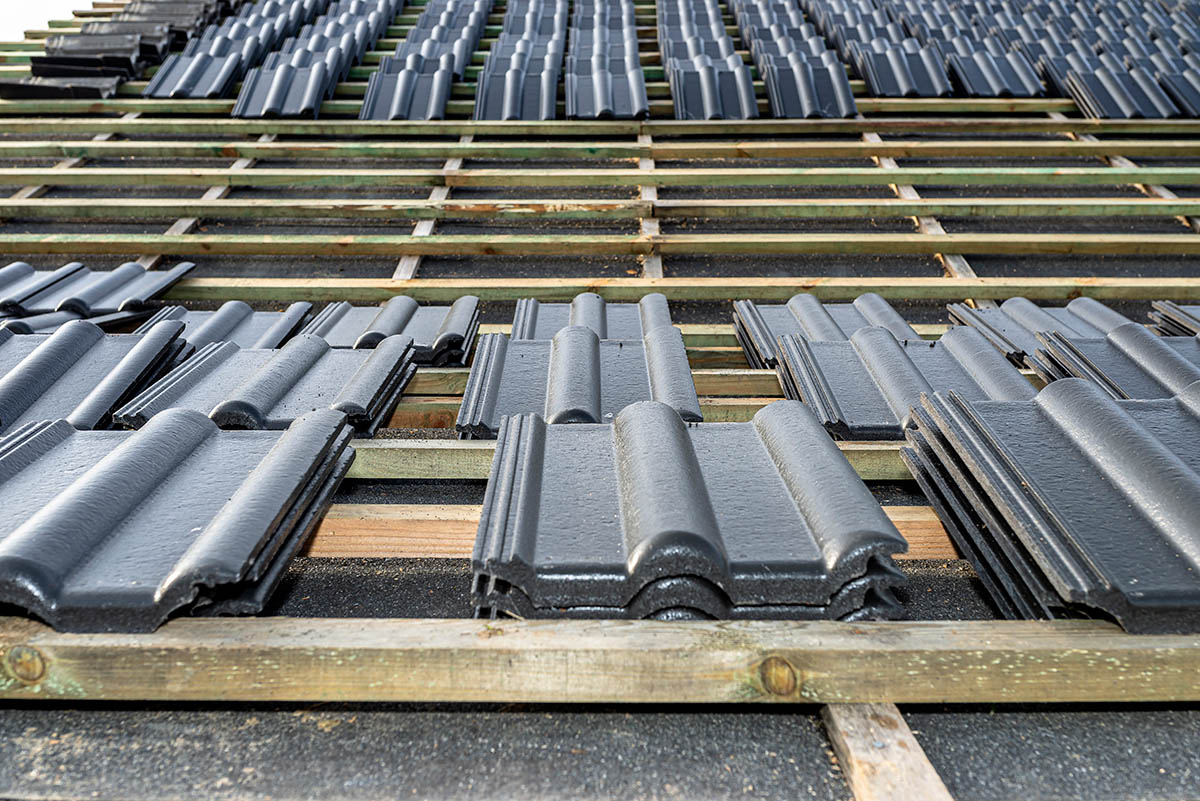
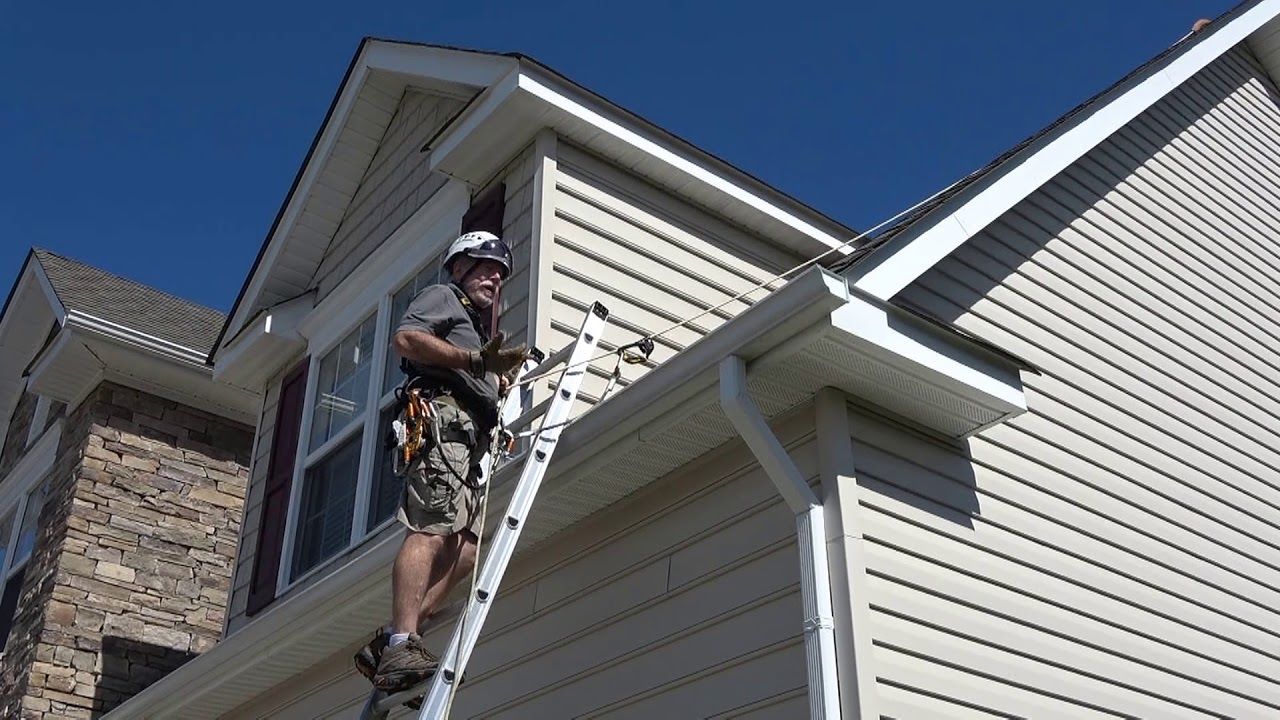
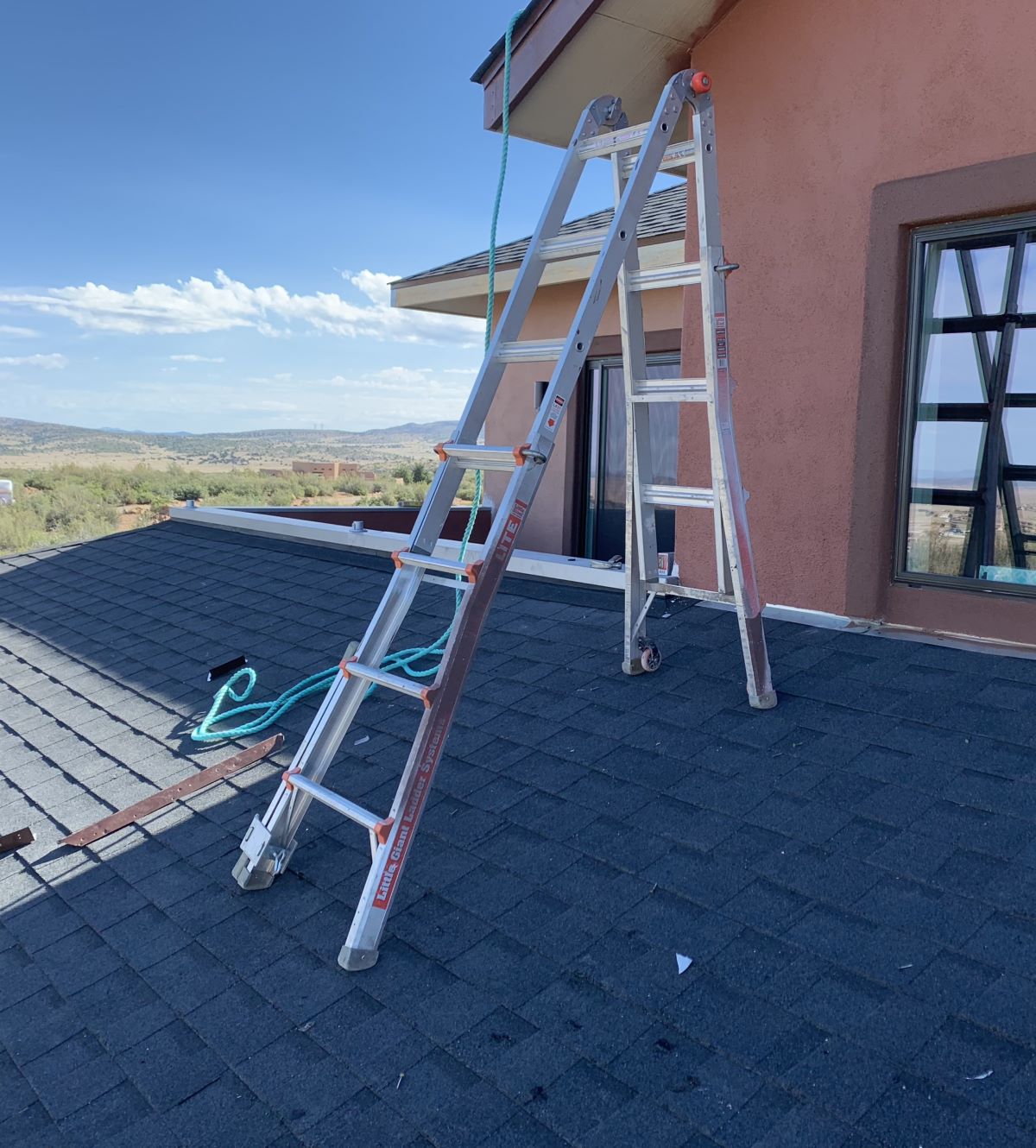
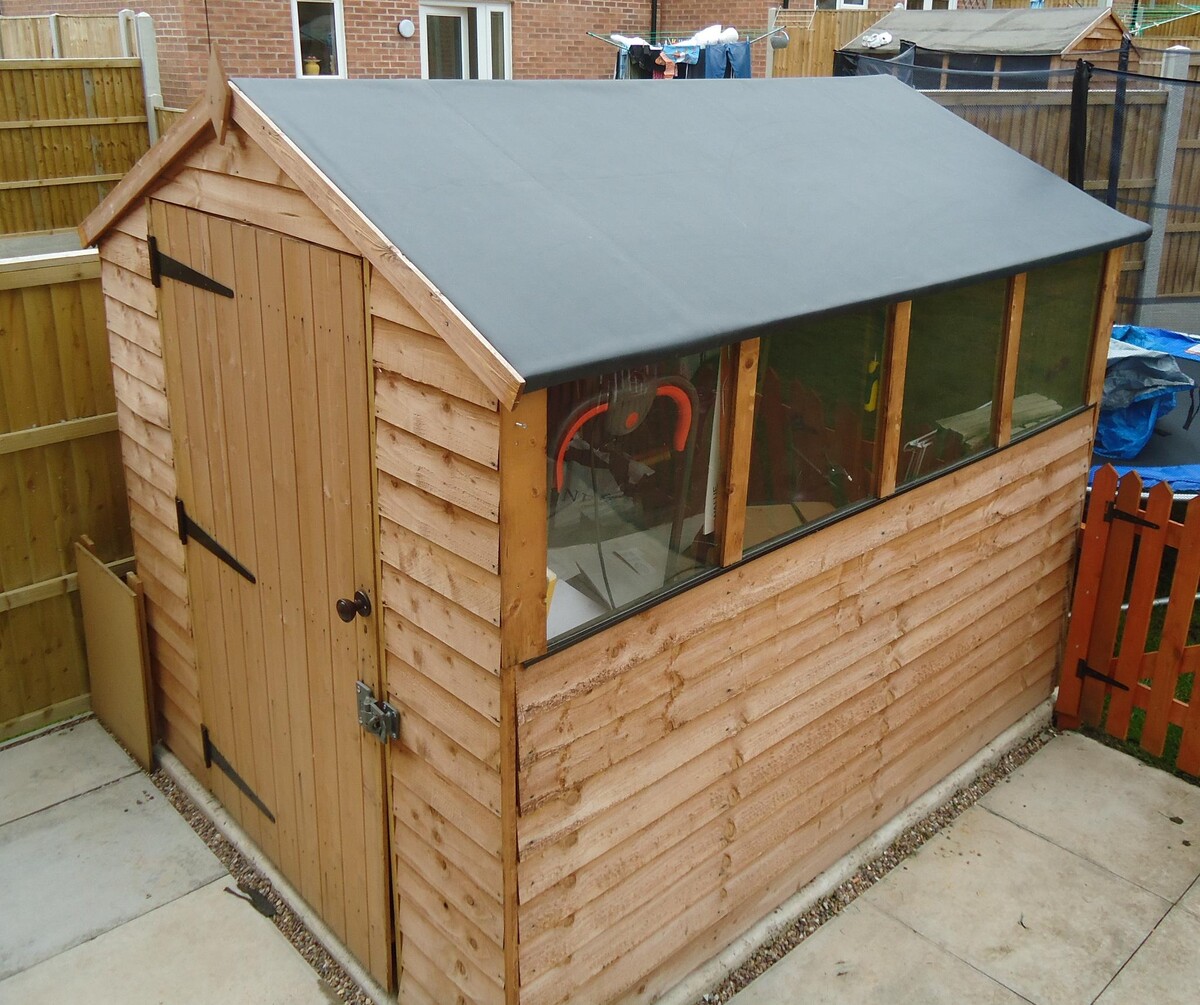
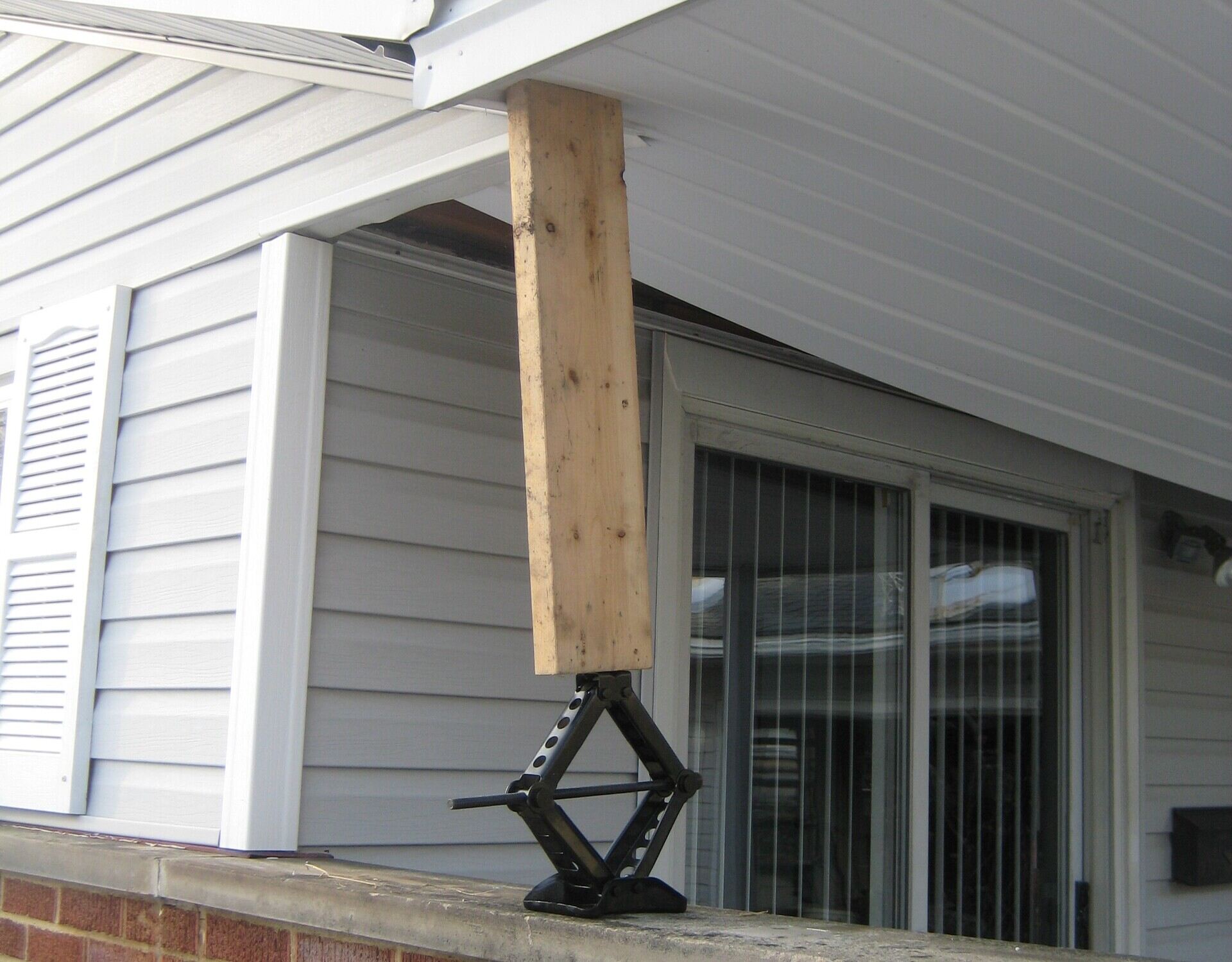
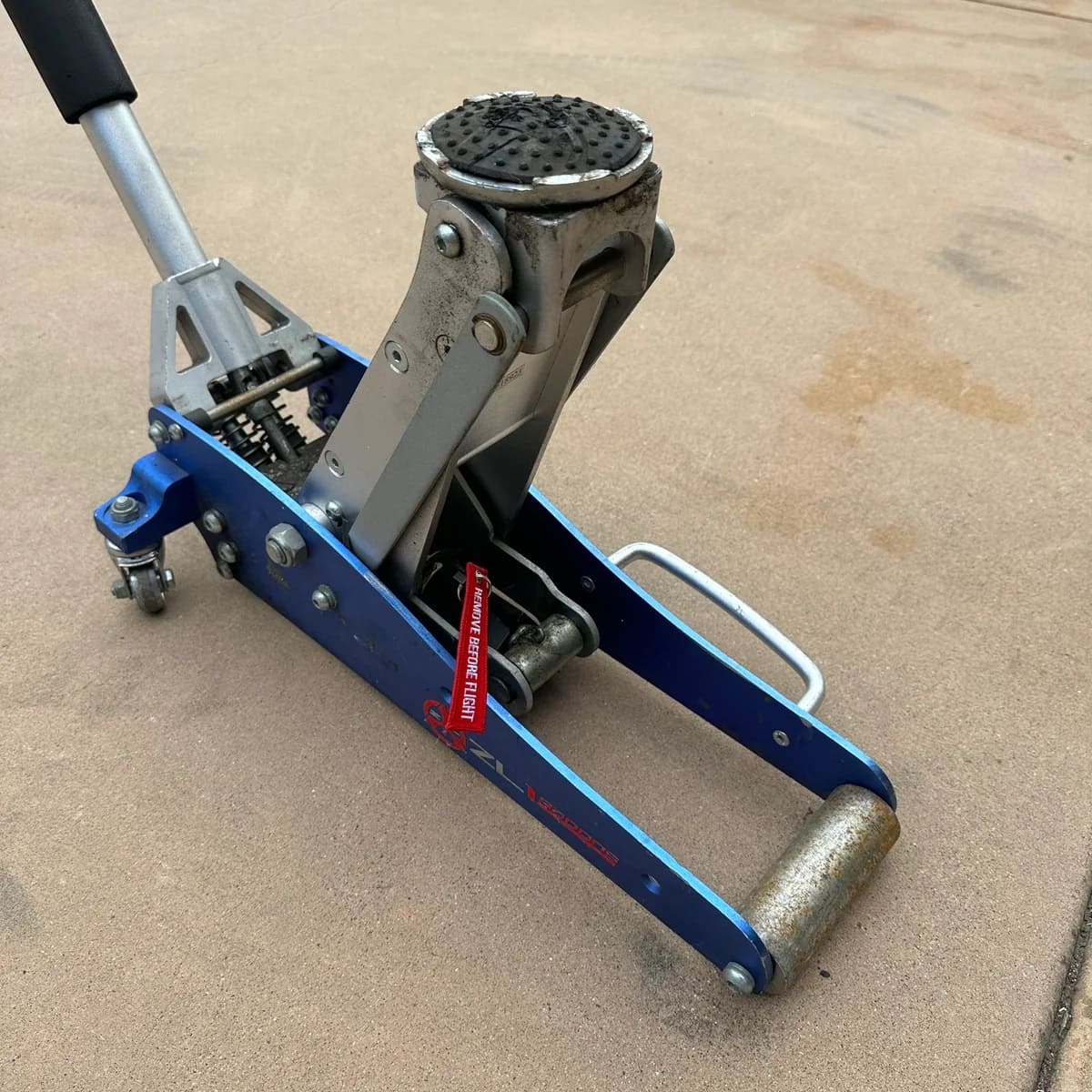
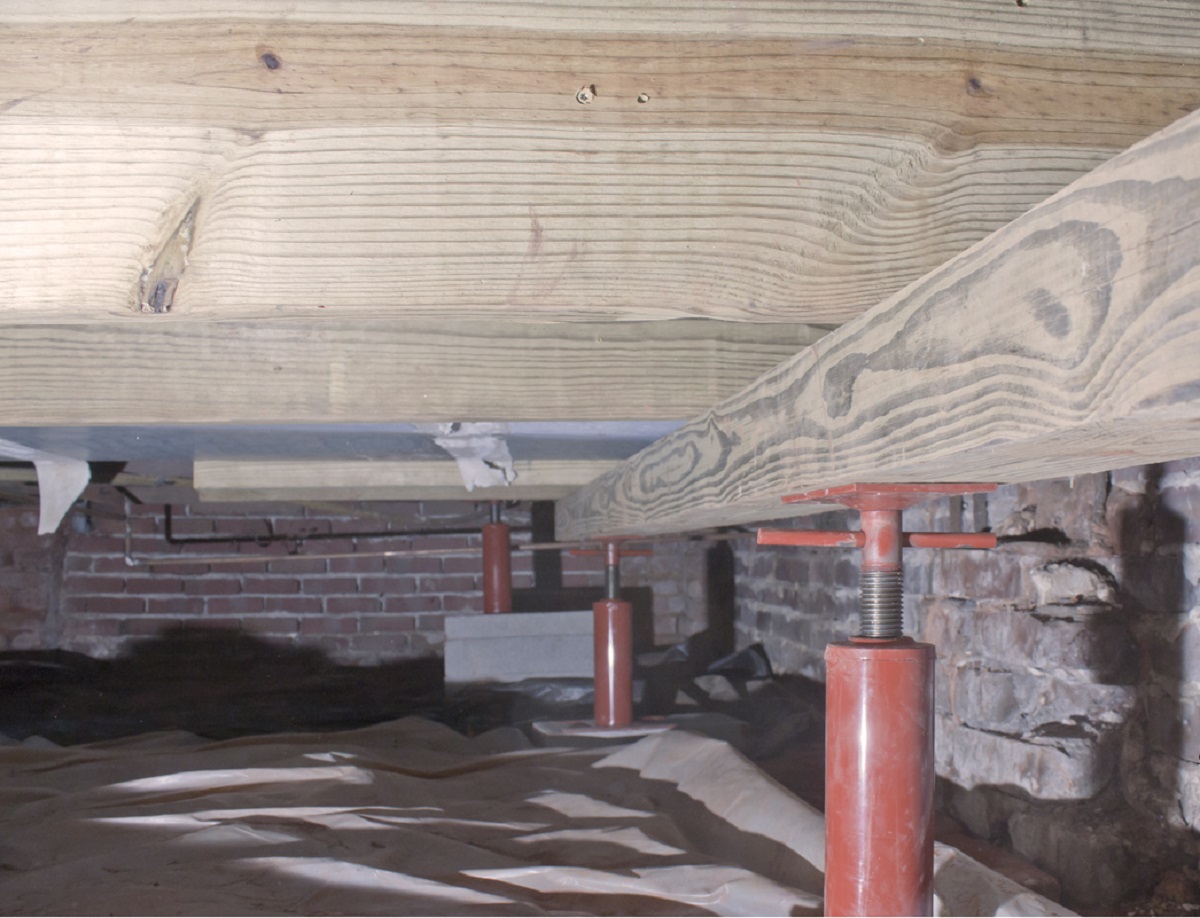
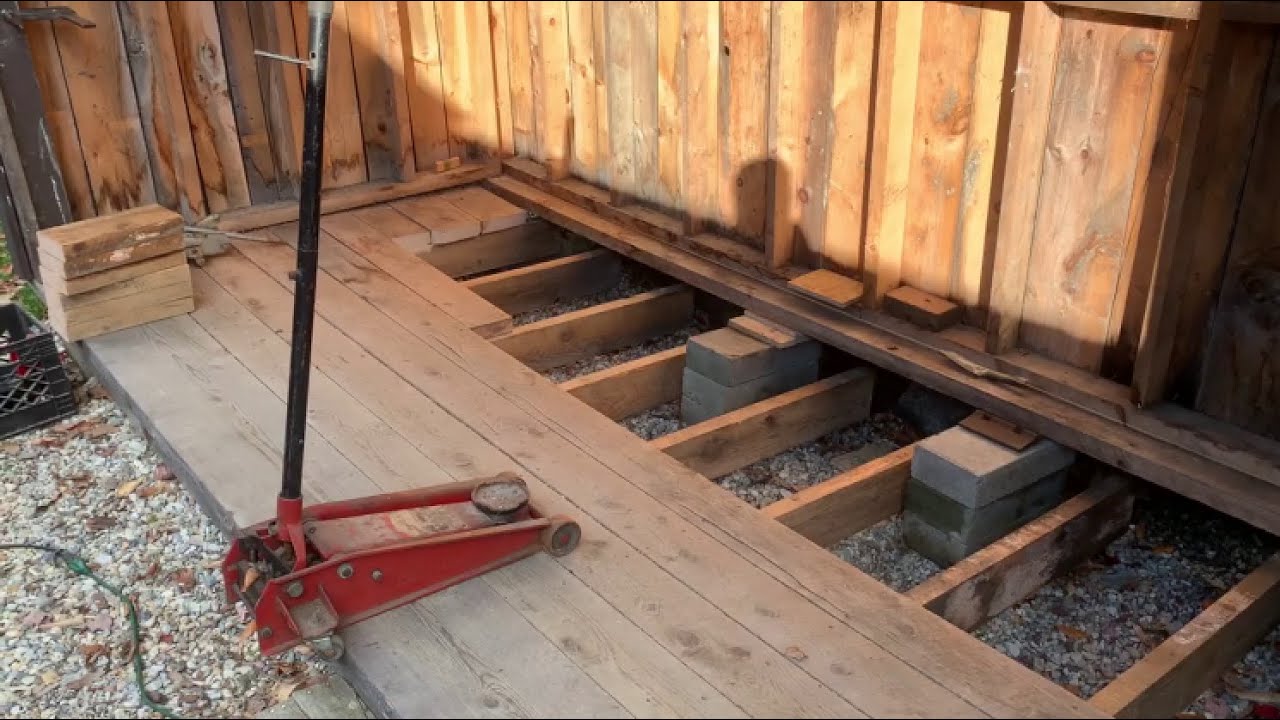
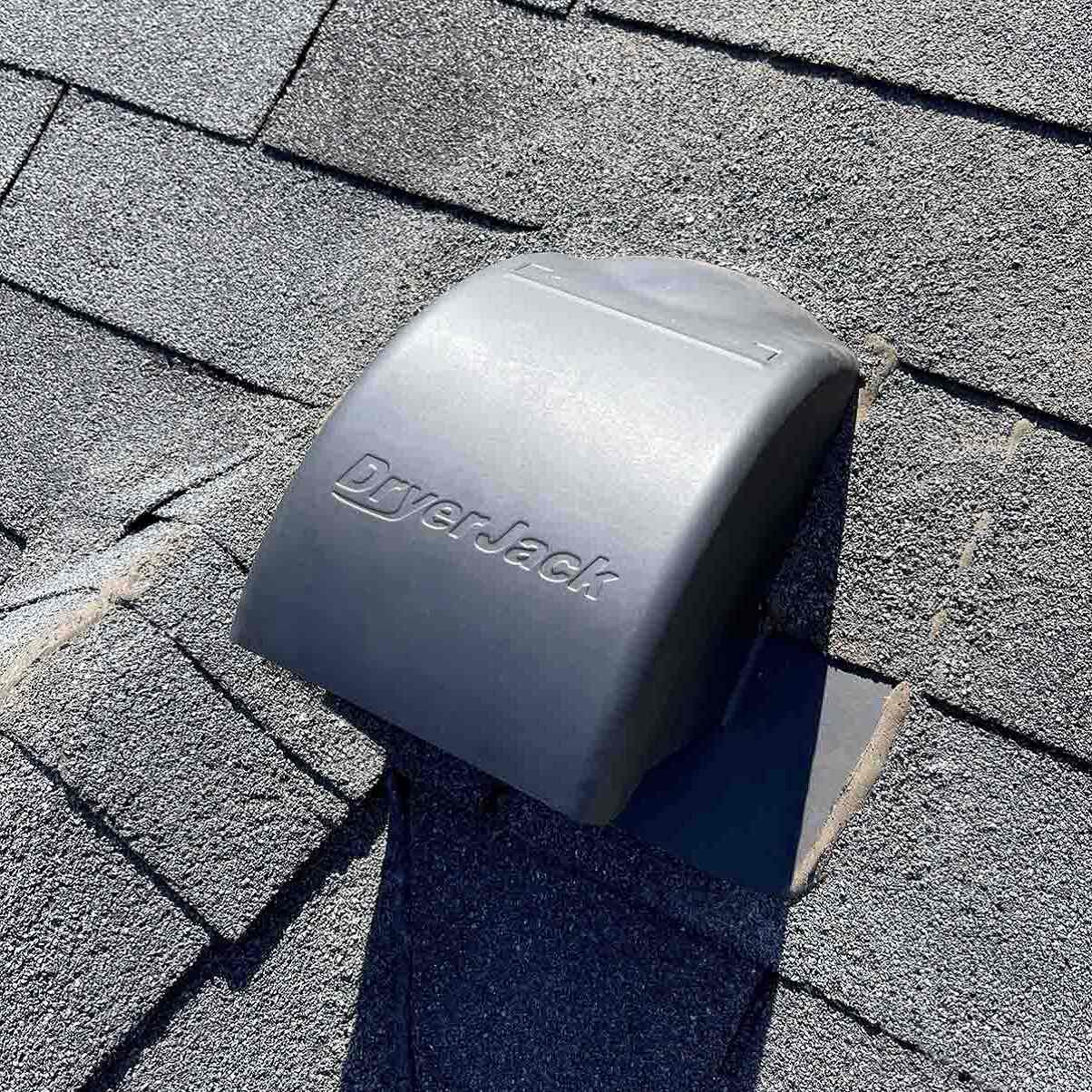
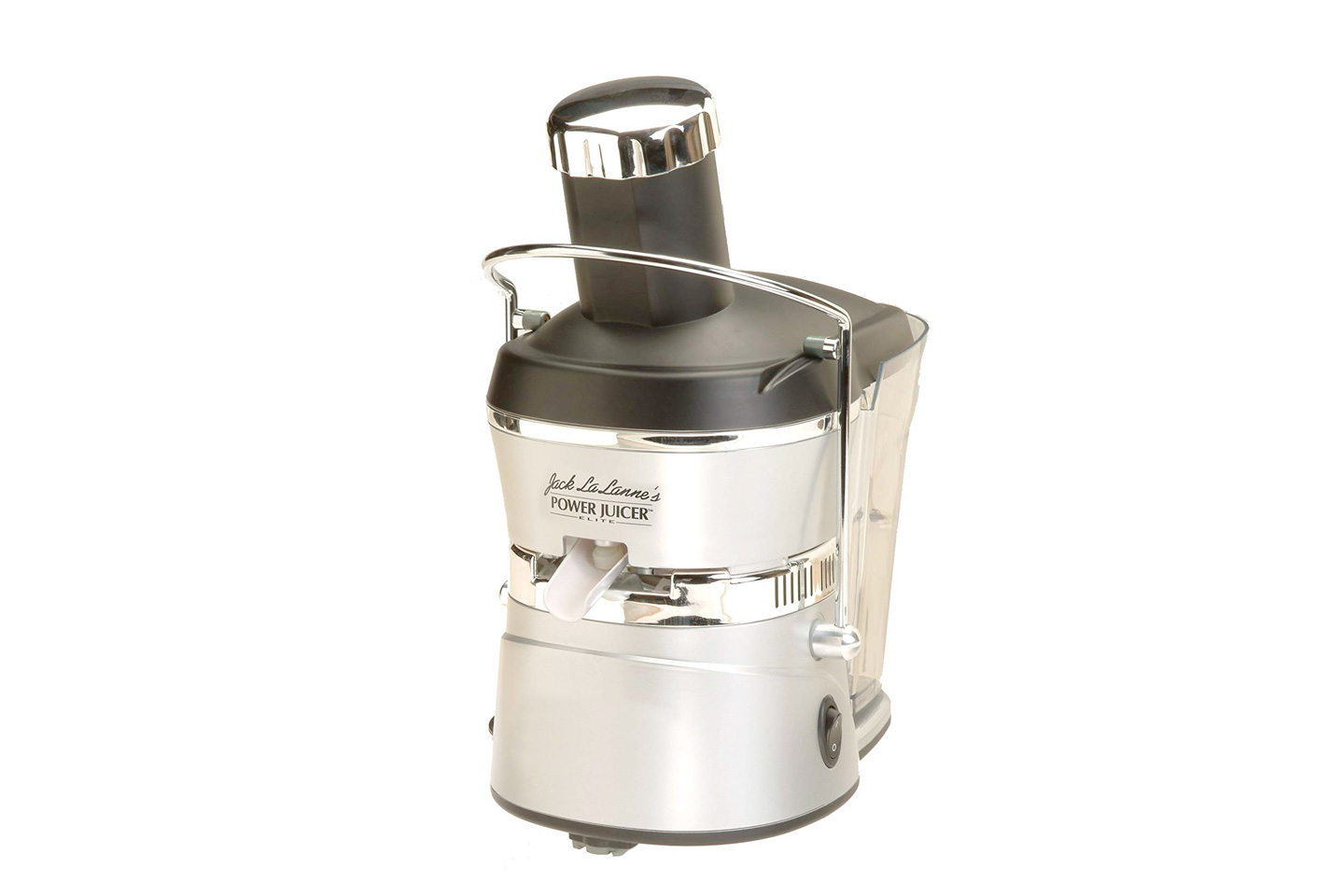

0 thoughts on “How To Use Roof Jacks”